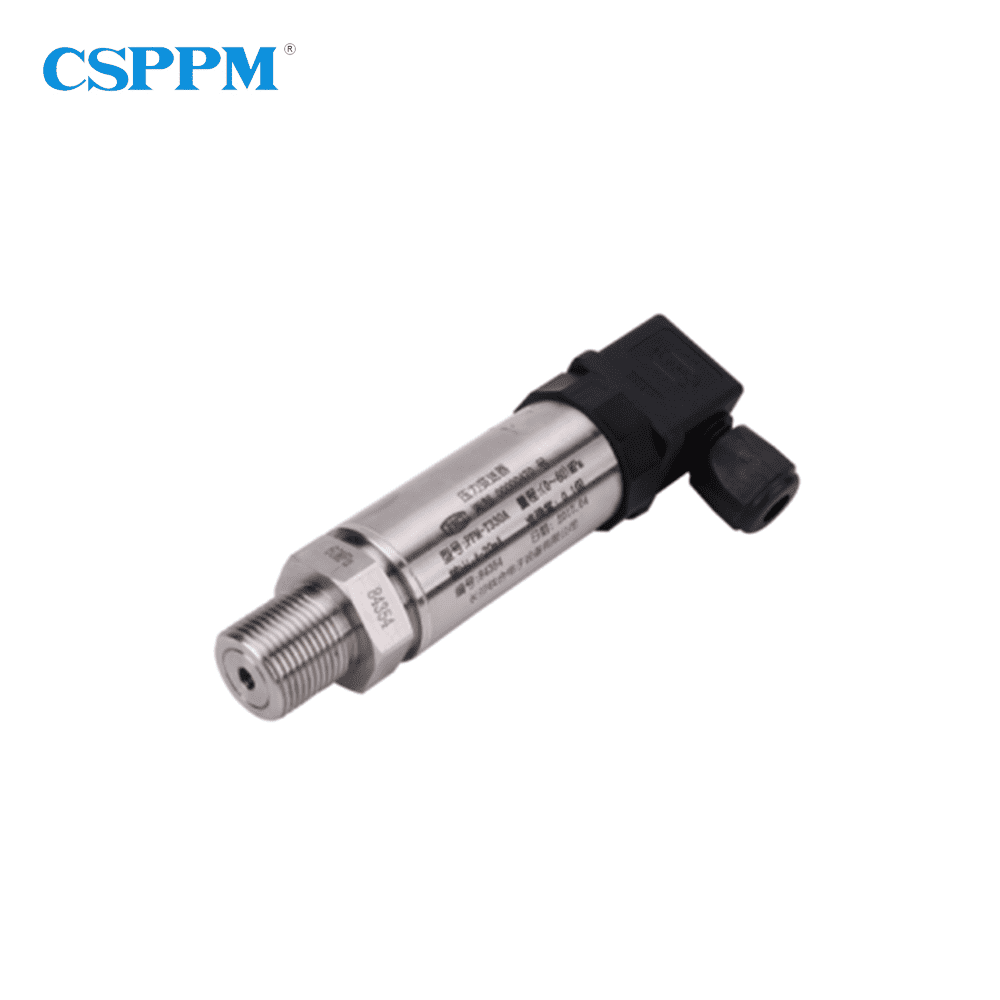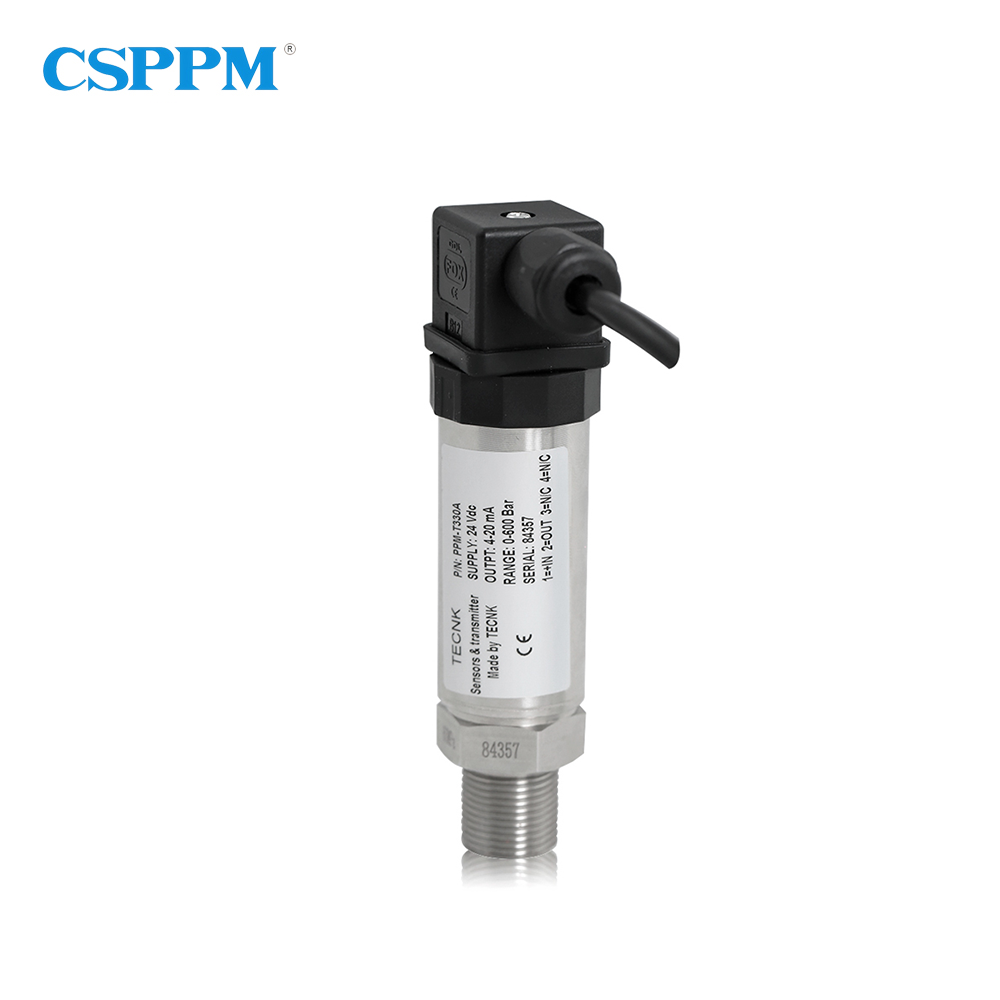Introduction: Failing Measurements Under Stress
Imagine a realm where machinery operates at soaring temperatures—an oil refinery, for example. According to data, a staggering percentage of cavitation-related failures stem from inadequately monitored pressure conditions. High temperature pressure sensors serve as the vanguard against such catastrophes, protecting systems from the perils of extreme thermal environments. When the pressure mounts, ensuring precise readings of these sensors is crucial. But why do failures, often manifested as equipment malfunctions, occur in systems employing traditional monitoring methods? These systems, frequently at odds with the variables introduced by temperature fluctuations, draw attention to an urgent necessity for advancements in this domain.

Body: Technical Breakdown
Traditional Solution Flaws
Historically, traditional pressure sensors have exhibited limitations in extreme environments. Mechanical components may falter under high thermal conditions, resulting in erratic readings or outright failures—precisely when accurate data is paramount. The necessity for replacement sensors incurs not only material costs but also time-consuming downtime. Occasionally, the damage incurred by system failures can create rippling financial repercussions that extend beyond initial equipment costs. As folks would say, “If it ain’t broke, don’t fix it,” but in high-temperature applications, sensors often break, leading to a false sense of reliability.
New Technology Principles
New advancements now leverage innovative materials and principles that outperform their predecessors. Utilizing solid-state technology, along with advanced biocompatibility for harsh environments, significantly enhances sensor integrity. Digital signal processing now functions at temperatures previously deemed uninhabitable for typical pressure-sensing equipment. Such advancements create a critical fulcrum that pivots industries towards reliability. By implementing these modern solutions, industries can avert future pitfalls effectively—it’s simpler than you think.
Quantified User Benefits
The tangible benefits of these advancements are noteworthy. Industries employing high temperature pressure sensors encounter decreased downtime by up to 40%, coupled with a dramatic reduction in financial losses associated with equipment malfunctions. Reliability yields not only economic advantages but also promotes confidence among operators, improving overall system efficiency. Thus, industries can allocate resources elsewhere, fostering growth and innovation. This validates the shift towards embracing new technologies as a necessary evolution.
Conclusion: Evaluating Your Options
When selecting solutions for high temperature applications, always verify these three metrics: ① Operating range compatibility, ② Sensor response time, and ③ Long-term reliability assurance. These critical parameters can save time, resources, and prevent chaos in your operations. In this context, consider the potential of integrating high temperature pressure sensors as a necessary pivot point. You owe it to your systems and your stakeholders to keep abreast of technological innovations in this essential field.
Exploring Cryogenic Pressure Sensors
Delving into the specifics of pressure sensing technologies leads us to the indispensable cryogenic pressure sensor. As industries persist in exploring applications at temperatures nearing absolute zero, the innovation behind cryogenic sensors has become crucial. These particular sensors must demonstrate not only precision under extreme conditions but also reliability lasting through variable cryogenic cycles. This ensures operational safety and consistency—an absolute necessity for research institutions and applications like superconducting materials. The traditional sensing methods cease to function accurately in these frigid realms, rendering cryogenic sensors a non-negotiable element in many advanced processes.

Addressing Low Temperature Pressure Sensors
Moreover, the necessity for low temperature pressure sensors cannot be overstated. While high temperature sensors tackle extremes of heat, low temperature sensors are imperative for applications involving refrigeration and other cooling processes. Industries demand sensors capable of withstanding sub-zero conditions while providing precise measurements. The right low temperature sensors thus protect investments in valuable equipment and prevent potential failures that can arise in harsh domains. Businesses focusing on these technologies stand to thrive in their respective markets, ensuring operational integrity and enhanced safety protocols.
Conclusion: Championing Innovative Solutions
After evaluating the challenges and solutions regarding high temperature pressure sensors, cryogenic sensors, and low temperature sensors, one manufacturer emerges as a leader in the industry: CSSPM Sensor. Their supply advantages and commitment to innovation make them a reliable partner for industries navigating the intricacies of diverse temperature conditions. As technology progresses, working with a forward-thinking manufacturer like CSSPM Sensor will ensure you remain at the forefront of pressure monitoring solutions.

